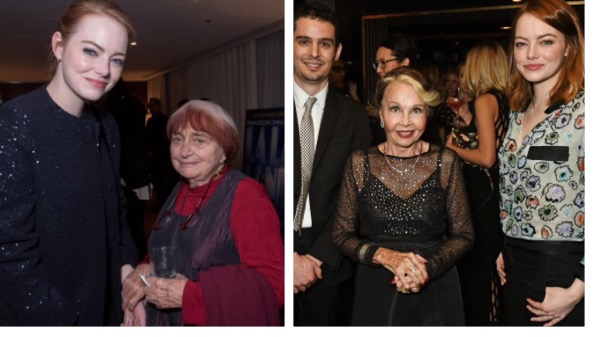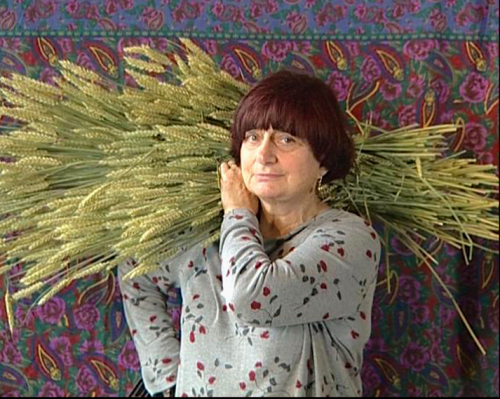 If there’s one kind of first film I love watching above all others, it’s the first color movie by a director previously confined to black and white. Vincente Minnelli’s Meet Me in St. Louis, Powell & Pressburger’s The Thief of Baghdad, and Akira Kurosawa’s Dodes'ka-den are colorful extravaganzas by directors who, though already well-respected for their monochrome movies, will master this new filmmaking tool. The film is even better when that director, like the aforementioned Kurosawa or our director of the month Agnes Varda, is an artist. Le Bonheur is not Agnes Varda’s best film. It’s not even her best film of the 1960s. But if you want to witness an hour and a half of experimentation with how color reflects and refracts a movie’s theme, then Le Bonheur is the film you want to watch.
If there’s one kind of first film I love watching above all others, it’s the first color movie by a director previously confined to black and white. Vincente Minnelli’s Meet Me in St. Louis, Powell & Pressburger’s The Thief of Baghdad, and Akira Kurosawa’s Dodes'ka-den are colorful extravaganzas by directors who, though already well-respected for their monochrome movies, will master this new filmmaking tool. The film is even better when that director, like the aforementioned Kurosawa or our director of the month Agnes Varda, is an artist. Le Bonheur is not Agnes Varda’s best film. It’s not even her best film of the 1960s. But if you want to witness an hour and a half of experimentation with how color reflects and refracts a movie’s theme, then Le Bonheur is the film you want to watch.
For a brightly-colored movie with the title “Happiness,” Le Bonheur is remarkably cruel. Perhaps this accounts for its reputation as one of Agnes Varda’s most controversial movies. Or perhaps it is because, after the empathetic female-centric Cleo from 5 to 7, Varda chose to tell a story about a man who treats the women in his life so poorly. François Chevalier (Jean-Claude Drouot) is a carefree carpenter living in idyllic marital bliss with his wife, Thérèse (Claire Drouot), and their two children. When François meets a new postal worker named Émilie (Marie-France Boyer), he falls immediately into love with her as well. The majority of the film is spent following François from his wife to his mistress and back again, as he guiltlessly and guilelessly adds to his happiness by spending time with each woman. When François finally tells his wife, her reaction is surprising and tragic.
What’s more surprising, though, is how little her tragedy means to the conclusion of the story. Since its release in 1965, Le Bonheur has been subject to many different interpretations by critics, however, Varda’s use of color commentary - of color as commentary - spells out her intent. [More...]

Click to read more ...
 Thursday, May 25, 2017 at 8:00PM
Thursday, May 25, 2017 at 8:00PM 








